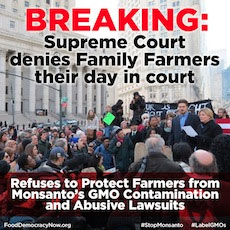By Ira Wallace
A perfectly ripe heirloom tomato is one of the great joys of summer, eagerly anticipated by gardeners all over the Southeast. I really like introducing folks to the many varieties we shepherd here at Southern Exposure.
Every year we host big tastings with 50-100 varieties of tomatoes, plus dozens of peppers and melons at the Heritage Harvest Festival at Monticello, and the Mother Earth News Fair at Seven Springs PA.
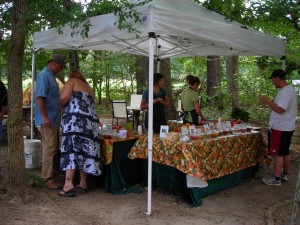
But a tomato tasting need not be such a large affair! A group of friends can get together in someone’s backyard or garden. Put up some tables, spread out everyone’s
heirloom tomatoes and enjoy the taste. If this sounds like fun, here are some tips for organizing your own heirloom tomato party.
1. Pick a date when lots of tomatoes will be at their peak in your location. Here in central Virginia, that period starts around August 1 and ends on mid-September. If the organizer is a new gardener or new to the area, ask lots of experienced local gardeners.
2. Next you need tomatoes – lots of different tomatoes. You can either grow them all yourself or have group of your gardening friends each bring different varieties. If you host alone you can augment with different exciting varieties from your local farmers market, where you can depend on trusted local farmers to tell you exactly which tomato you are buying. Here are a few of the varieties that are perennial favorites for my friends and gardening neighbors: Cherokee Purple, Mortgage Lifter, Green Zebra, Garden Peach, Brandywine, Large Red, Amy’s Apricot, Matt’s Wild Cherry. Or you can see which varieties are favorites at the Monticello Tomato Tasting.
3. Make a plan and arrange the labeled tomatoes attractively. You will probably have a lot more than your guests can eat so only slice up one or two of each tomatoes of each variety.
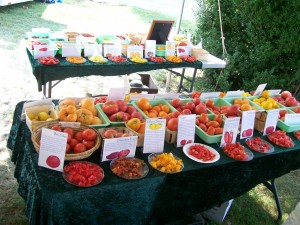
4. Make sure you have enough of each variety for the crowd you expect. One very large tomato may do for a small tasting but your guests will love to see a whole beautiful intact example of the variety. So I try to have at least two fruits of large varieties, 3 or 4 of medium sized and a pint of pear or cherry tomatoes.
5. Make signs so everyone knows what they are trying. Labeling can be as simple as writing on white paper plates or index cards or, better yet, some recycled paper. I like to type up a little history and cultural info about each variety. You educate yourself and your gardening guests will love this bit of context as they taste.
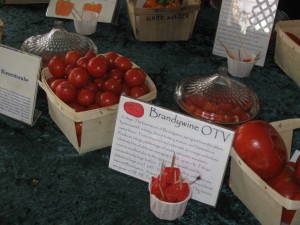
6. Provide small plates, forks, napkins, and some plain crackers and water to “refresh the palate”.
7. You can make your tasting more of a meal with a fresh tomato salad with herbs, or by providing the fixings for fresh southern-style tomato sandwiches. If you are ambitious or have some friends helping, pull out the grill. And get someone to bring dessert.
8. To make your tasting all the more interesting, add some peppers or melons for people to taste. Or even some types of cucumbers. You don’t need a lot to make your party more fun. (These extras are especially helpful if some of the tomatoes you planned on aren’t available.)
9. Tomato Tastings are a great place to start seed saving with a new open pollinated variety you really liked. I usually use a wet seed fermentation technique when I’m saving tomato seeds (for higher germination rates). However, if you’re just getting started, you can just scoop out a few seeds onto a paper towel or into a small ziplock plastic bag. Don’t forget to label! As soon as you get home, spread out your seeds on a plate or screen to dry (skipping the fermentation step).
10. Other add-ons can enrich the event. Give tomato growing info if you and your guests are gardeners. Have guest share about seed saving techniques, if they have knowledge on the topic. (Saving your own seeds is an exciting part of growing heirlooms.) Where did you get your seeds? Which are your favorite catalogs? What was easy, or hard, about growing this or that variety this year?
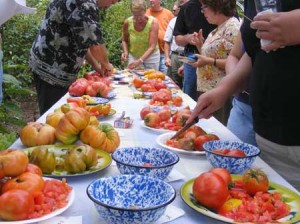
If you have never been to a Tomato Tasting, stop by our booth at the
Mother Earth News Fair in Seven Springs this year to say hi and taste some perfectly vine ripened tomatoes, peppers and melons. Or
check our calendar for an event near you. Who knows, you may get inspired to host your own!
